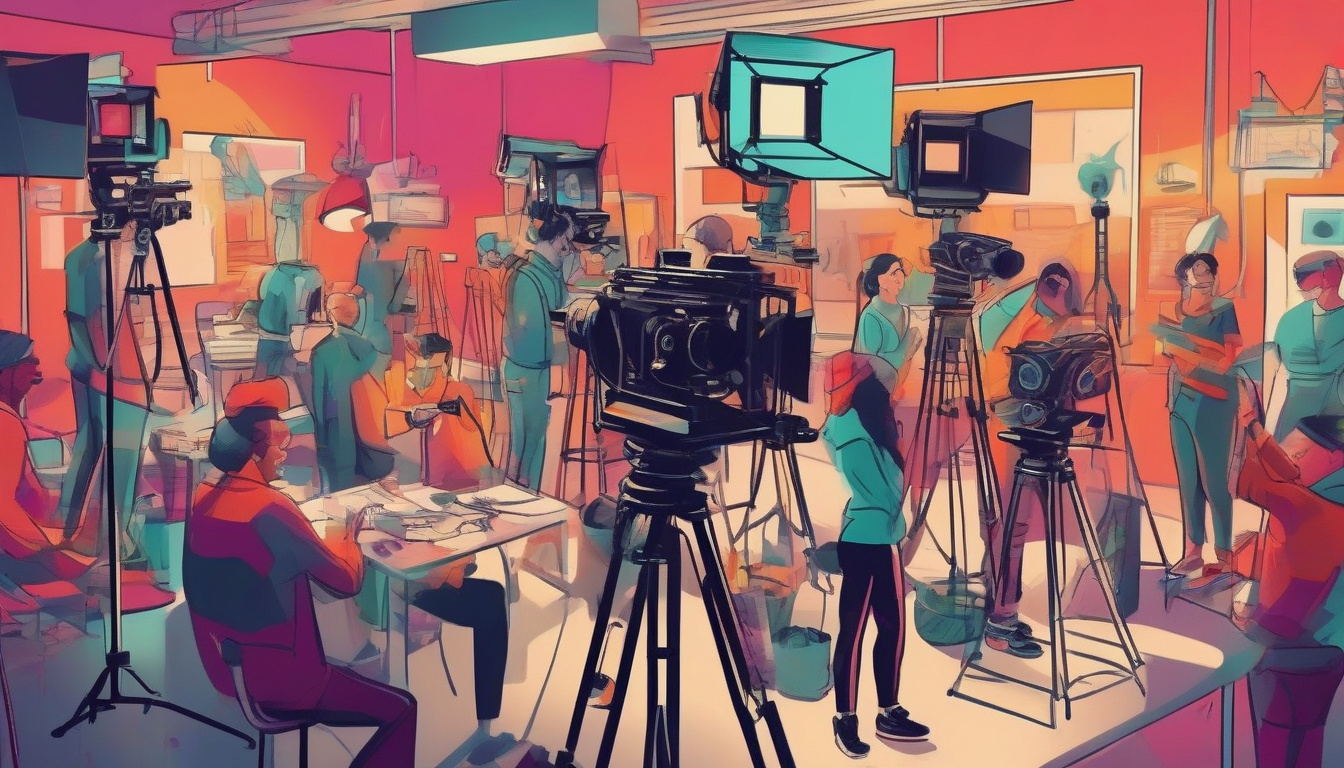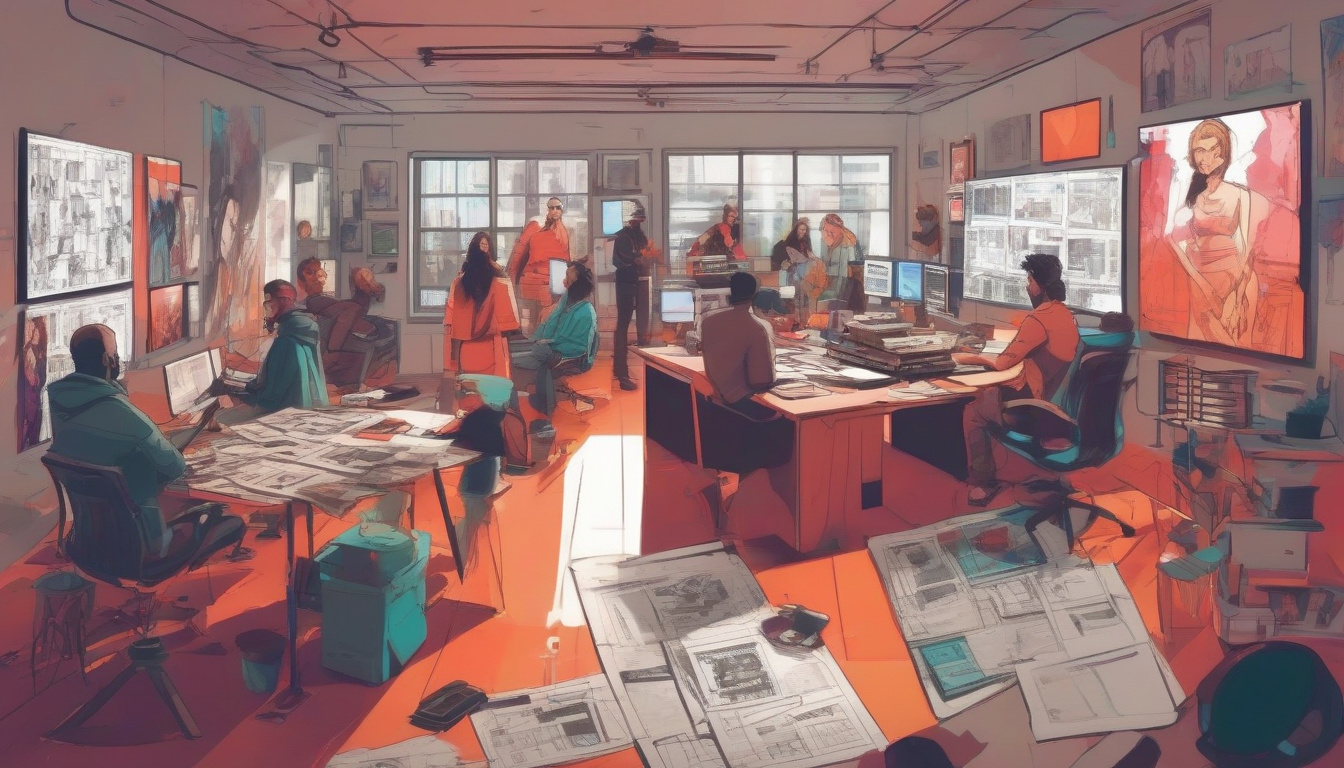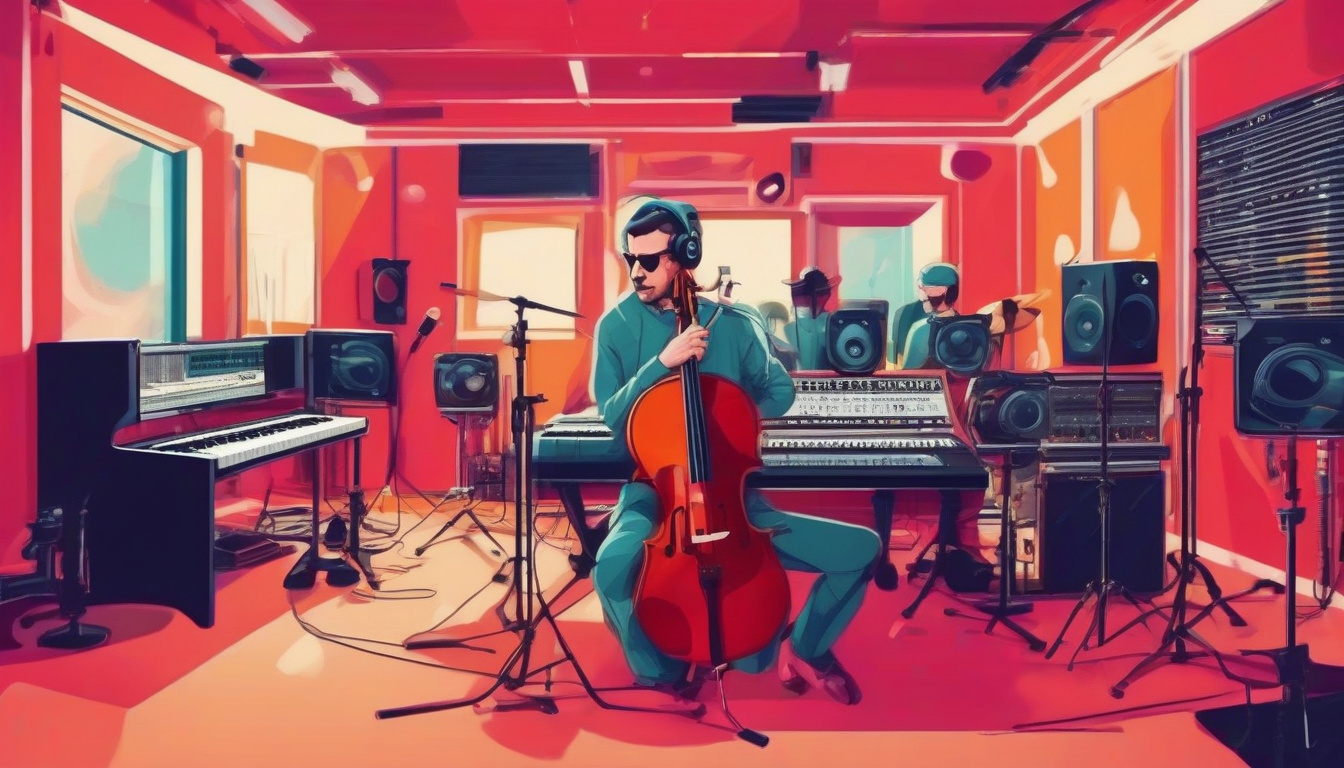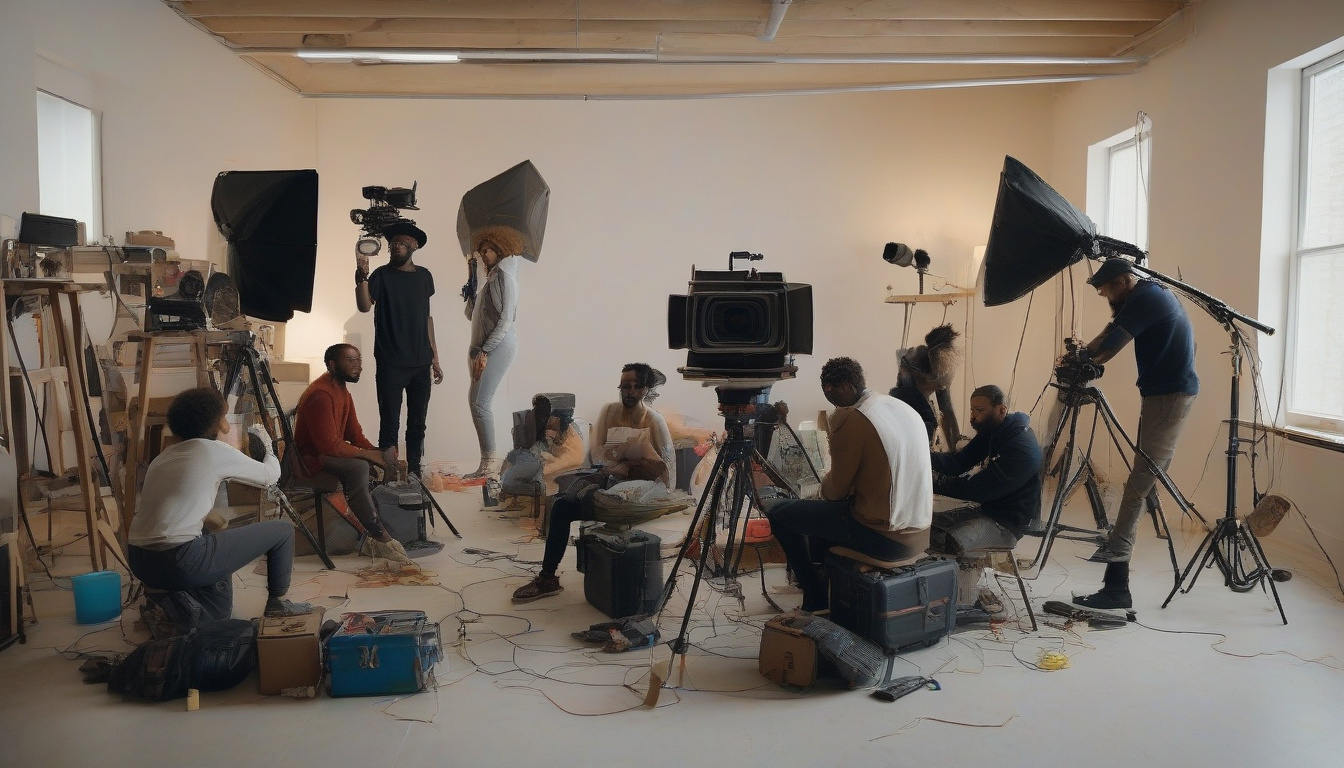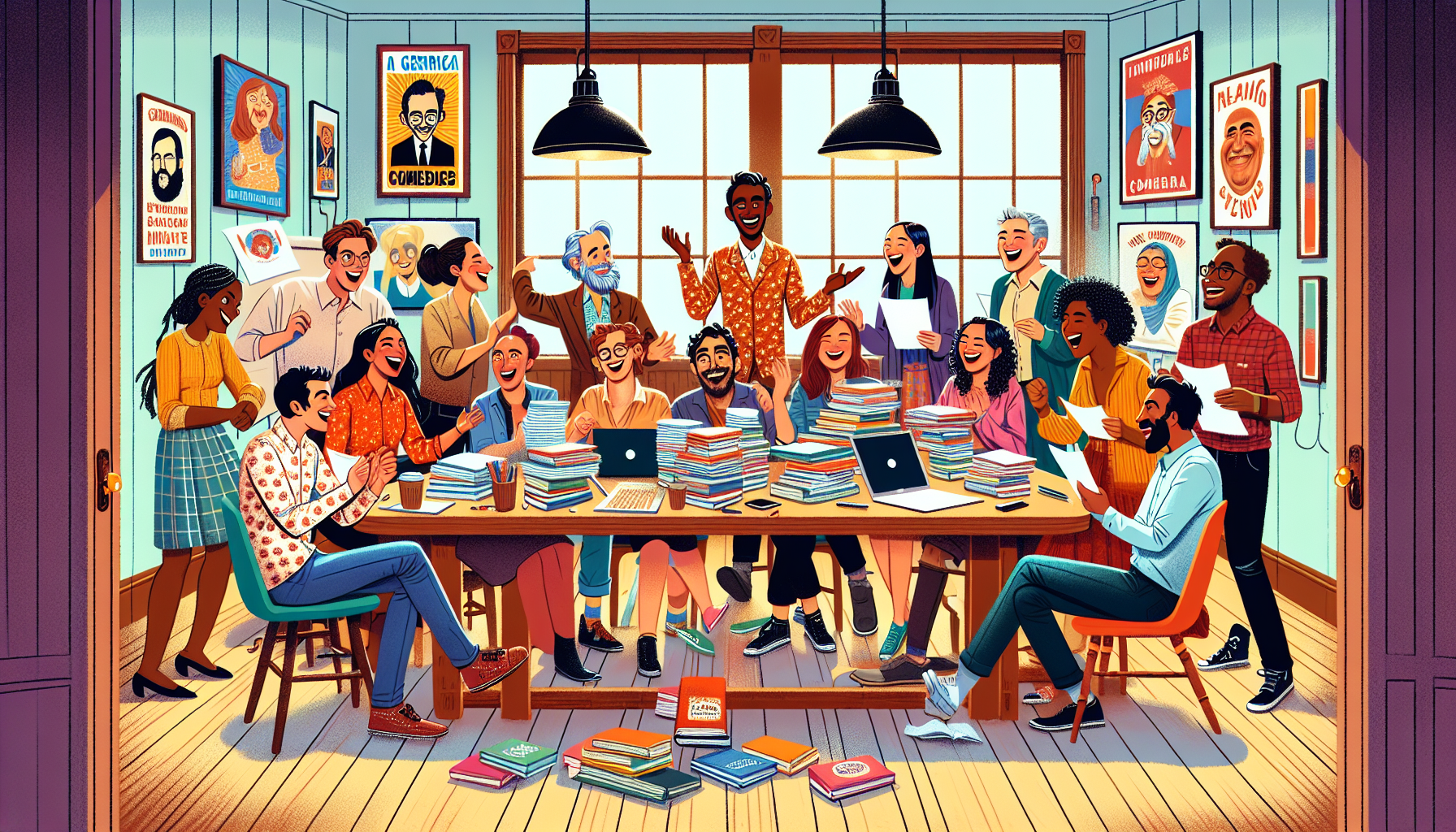
Cracking the Code on Comedy Dialogue
So, you want to write comedy dialogue that snaps, crackles, and pops off the page like a bowl of Rice Krispies in a sound effects studio? Prepare for a rollercoaster ride through the whimsical world of wit where chuckles are currency, and punchlines are your passport!
The Basics of Belly Laughs
Before your characters start slingin’ zingers, let’s lay down some comedy foundations. Comedy, in its purest form, is tragedy plus time, right? But comedy dialogue? That’s tragedy plus timing. Get the timing wrong, and your joke’s dead on arrival. Nail it, and you’ll have your audience giggling faster than a hyena on espresso.
It’s All About Timing
Comic timing in dialogue is about rhythm. Think of it like musical beats. Sometimes what you don’t say (pauses, beats of silence) screams louder than words. A well-placed pause after a punchline lets the joke marinate in the audience’s mind before they burst into laughter. Silence isn’t just golden; it’s downright hilarious when used right.
Character Matters
Who’s cracking the joke is just as crucial as the joke itself. Each character should have a distinct voice that matches their personality quirks. A shy, bookish type might have a dry, deadpan humor, while the extroverted jock might not catch onto sarcasm at all. This mismatch adds layers of delicious irony and can make dialogue exchanges more dynamic and chuckle-worthy.
The Element of Surprise
The best comedy often stems from the unexpected. You think the dialogue is flowing down a familiar creek, then BAM—it goes off a hilarious waterfall. This could be a sudden reveal, a misunderstanding, or a character acting out of turn. Surprise your audience but keep it sensible within the storyline, or you risk turning your comedy into confusion.
Keep It Real…ish
Even in the zaniest of comedies, grounding your dialogue in some relatability can amplify the humor. When audience members see a reflection of their own interactions and private goof-ups in your characters, the laughs are deeper and more enduring. It’s the “Oh my gosh, that’s so true!” effect. Use real-life conversations as a treasure trove of comedic inspiration—just sprinkle it with a little ridiculousness.
References and Callbacks
A clever comedy staple is the art of the callback—where a previously mentioned joke returns to the conversation, wearing a new party hat. This not only serves as a delightful “aha!” moment for your audience but also ties your narrative neatly with a bow of continuity. Think of it as the comedic gift that keeps on giving.
Metaphors, Analogies, and All Those Fancy Things
Your comedy can wield metaphors and analogies like a knight wields a sword—in a somewhat dangerous and clumsy manner, but totally epic! Creating humorous images with words not only paints your dialogue in shades of funny but also tickles the intellect. “He was as subtle as a brick through a window”—visual, impactful, and chuckle-inducing.
The Power of Word Play
Let’s not forget the timeless charm of puns and wordplay. Though considered the lowest form of humor by some comedic snobs, a clever play on words can leave an audience unexpectedly impressed. Engage in pun warfare sparingly, though, or you might cause a groan-tsunami.
Test, Tweak, Repeat
Lastly, comedy is subjective. What leaves you in tears of laughter might only earn a nose-snort from another. Test your comedic dialogue on different ears—friends, family, that neighbor who barely cracks a smile. Use the feedback to tweak the timing, punchlines, and delivery until you find the universal funny bone.
In the jigsaw puzzle of writing comedy dialogue, every piece plays a part—character, timing, word choice, and the unpredictable punchlines. Experiment bravely, edit ruthlessly, and, most importantly, keep the chuckles coming. After all, the world could always use another laugh, right?


